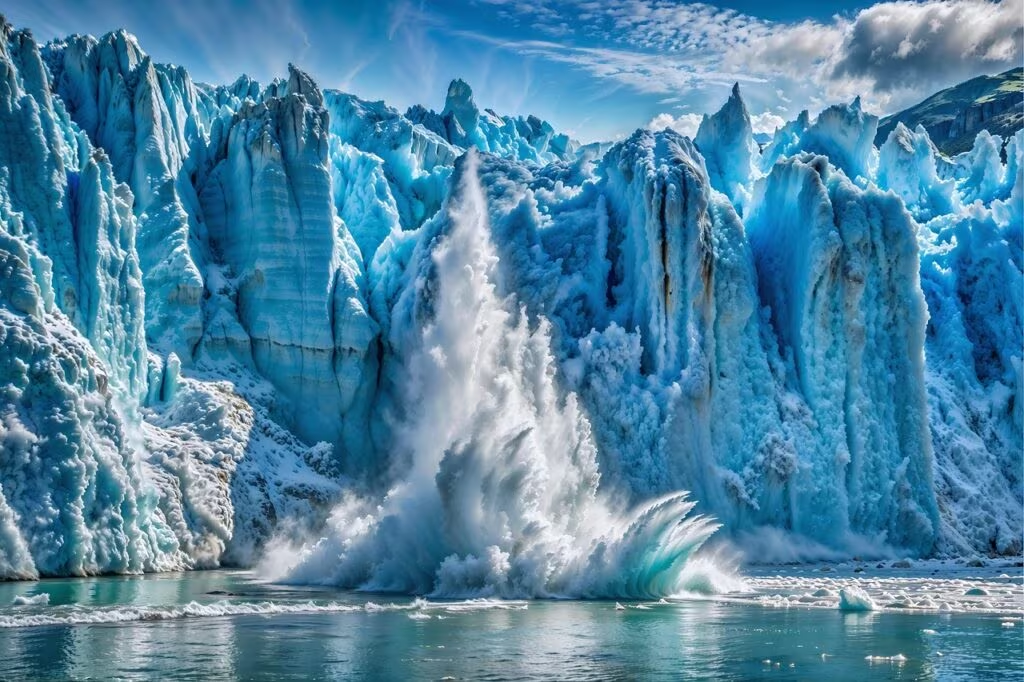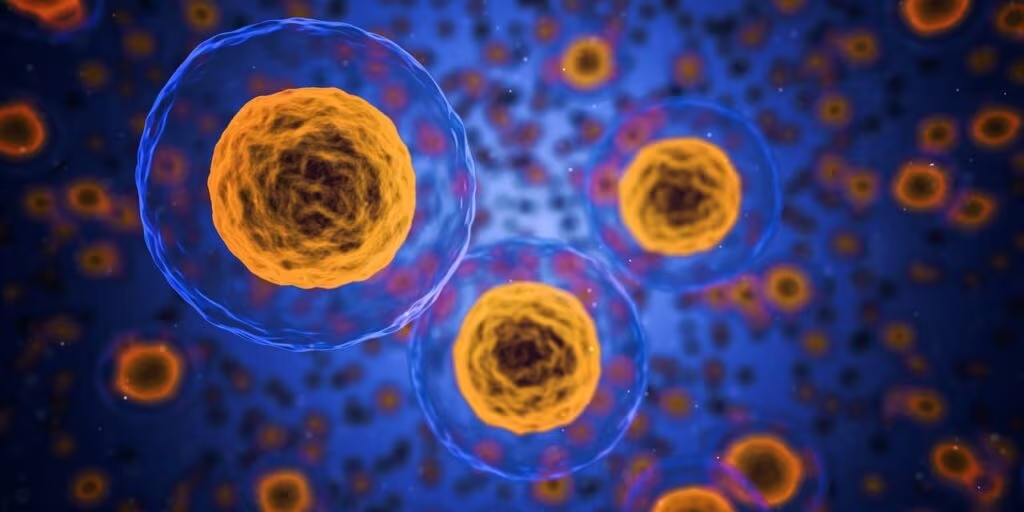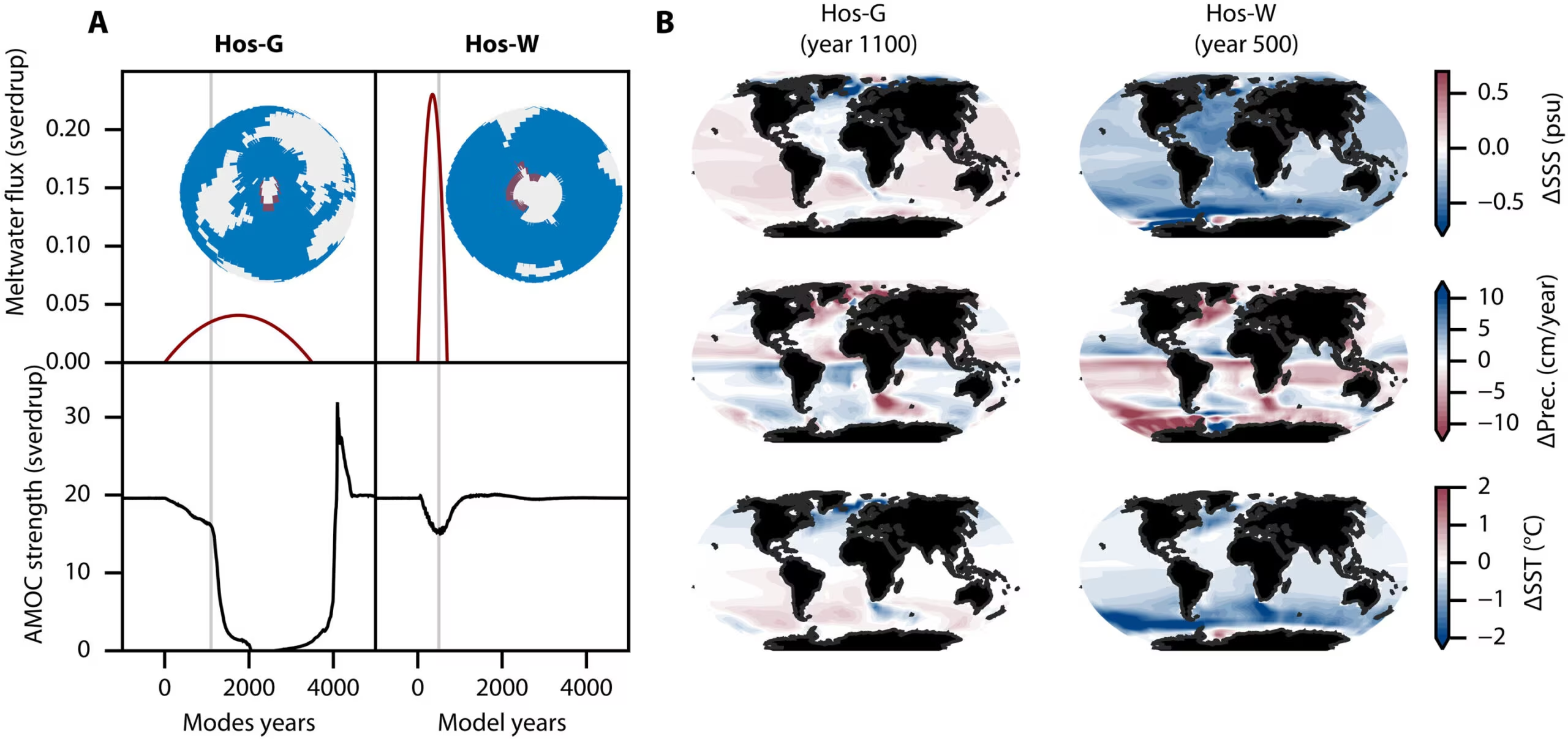The Unprecedented Proposal to Save the Atlantic’s Climate Engine
The Atlantic Meridional Overturning Circulation (AMOC)—the vast system of ocean currents critical for redistributing heat and regulating global climate—is facing a critical slowdown. Driven primarily by the accelerating melt of the Greenland ice sheet, the influx of freshwater threatens to collapse this vital circulation, potentially triggering catastrophic climate shifts across the Northern Hemisphere.
In response to this existential threat, a radical, large-scale geoengineering concept has emerged from scientific modeling: actively counteracting the freshwater dilution by injecting massive quantities of salt (brine) into the North Atlantic’s deep water formation regions. This proposal, while highly controversial and fraught with logistical and ecological risks, highlights the desperation surrounding the potential failure of one of Earth’s most important climate regulators.
Understanding the AMOC Crisis: The Thermohaline Engine
The AMOC functions like a massive conveyor belt, transporting warm, salty surface water from the tropics northward toward Europe. As this water reaches the cold, high-latitude regions (like the Labrador and Nordic Seas), it cools, becomes denser, and sinks, driving the deep return flow southward. This process is known as thermohaline circulation (driven by temperature and salinity).

The Threat of Density Stratification
The primary driver of the AMOC slowdown is the massive discharge of freshwater from melting glaciers, particularly the Greenland ice sheet. Freshwater is less dense than saltwater. When it pools on the surface of the North Atlantic, it creates a layer of density stratification, preventing the salty surface water from sinking. This effectively stalls the conveyor belt.
If the AMOC were to collapse entirely—a scenario some models predict could occur as early as the mid-21st century—the consequences would be severe and rapid:
- European Cooling: Western Europe and the UK would experience significant and rapid cooling, potentially reversing decades of warming trends in those regions.
- Sea Level Rise: Sea levels along the eastern coast of North America would rise dramatically, potentially accelerating existing coastal flooding issues.
- Global Weather Disruption: Changes in tropical rainfall patterns, increased drought in the Sahel region of Africa, and shifts in monsoon systems globally.
The Radical Proposal: Brine Injection as a Countermeasure
The geoengineering solution proposed is conceptually simple: if freshwater is making the surface water too light to sink, add salt to restore the necessary density. The proposal involves extracting brine (highly concentrated saltwater) from existing desalination plants or creating new infrastructure specifically for this purpose and injecting it strategically into the deep water formation sites.
The Mechanics of Intervention
Researchers suggest that the intervention would need to be highly localized and targeted to the regions where deep convection occurs. The goal is not to raise the overall salinity of the entire Atlantic, but to create dense patches of water that can overcome the freshwater cap and initiate sinking.
This approach is considered a form of climate intervention—a last-resort measure to stabilize a critical planetary system that is already showing signs of instability. The success of the intervention hinges on the precise volume and location of the brine injection, ensuring it mixes effectively without creating localized ecological disasters.
Scale, Logistics, and Unprecedented Challenges
While the modeling suggests that brine injection could theoretically stabilize or even restart the AMOC, the practical scale of the operation is staggering. The amount of salt required to counteract the projected freshwater influx from Greenland is immense.

The Infrastructure Requirement
To effectively counteract the meltwater, the operation would require the construction of hundreds or even thousands of large-scale desalination plants or brine extraction facilities, operating continuously. The energy demands for pumping and distributing this brine across remote North Atlantic locations would be enormous, potentially requiring dedicated renewable energy infrastructure to avoid exacerbating the underlying climate crisis.
Furthermore, the logistics of transporting and deploying the brine in the harsh, remote environment of the subpolar North Atlantic present immense engineering hurdles. The project would represent one of the largest and most complex human interventions in a natural system ever conceived.
Ethical and Ecological Risks of Geoengineering
Any large-scale climate intervention carries profound risks, and the AMOC stabilization proposal is no exception. Scientists and ethicists warn that while the goal is stabilization, the unintended consequences could be devastating.
Potential Unintended Consequences
- Ecological Shock: Localized, rapid changes in salinity could severely impact marine ecosystems, particularly plankton, fish populations, and deep-sea organisms reliant on stable conditions.
- Unpredictable Mixing: Introducing concentrated brine could lead to unpredictable mixing patterns, potentially altering nutrient distribution and primary productivity in the North Atlantic.
- Moral Hazard: Critics argue that focusing on geoengineering solutions distracts from the fundamental necessity of reducing greenhouse gas emissions, creating a “moral hazard” where mitigation efforts are delayed in favor of risky technological fixes.
“The AMOC is a non-linear system. While models show that brine injection could work, we are essentially performing planetary surgery without fully understanding the long-term recovery process,” noted one expert involved in climate modeling, emphasizing the need for extreme caution and comprehensive risk assessment before any deployment.

Key Takeaways and Future Research
The proposal to use brine injection to stabilize the AMOC remains firmly in the realm of theoretical modeling and high-level discussion. It serves as a stark reminder of the severity of the climate crisis and the potential need for radical interventions if emissions reduction targets are not met quickly.
Critical Insights:
- The AMOC is slowing: The current system is destabilizing due to freshwater influx from polar melt, threatening major climate disruption.
- Brine Injection: The proposed geoengineering solution aims to restore water density in key sinking regions to maintain the thermohaline circulation.
- Immense Scale: Implementation would require unprecedented infrastructure, energy, and logistical coordination.
- High Risk: The ecological and ethical risks associated with interfering with a global climate regulator are profound and require extensive, cautious research.
- Mitigation is Key: Experts universally agree that this intervention, if ever attempted, would only be a temporary measure; the long-term solution remains the rapid and deep reduction of greenhouse gas emissions.
Conclusion: A Desperate Measure for a Desperate Time
The scientific exploration of AMOC stabilization through brine injection underscores the urgency of the climate crisis. While the concept offers a theoretical lifeline to prevent catastrophic regional climate shifts, it simultaneously opens a Pandora’s Box of ethical and environmental dilemmas.
For now, the research serves as a crucial data point, informing policymakers about the potential severity of the AMOC collapse and the extreme measures that might be considered if global warming continues unchecked. The focus remains on robust climate mitigation, ensuring that such radical, high-stakes interventions remain purely theoretical rather than becoming a necessary reality.
Original author: Paul Arnold
Originally published: November 24, 2025
Editorial note: Our team reviewed and enhanced this coverage with AI-assisted tools and human editing to add helpful context while preserving verified facts and quotations from the original source.
We encourage you to consult the publisher above for the complete report and to reach out if you spot inaccuracies or compliance concerns.

